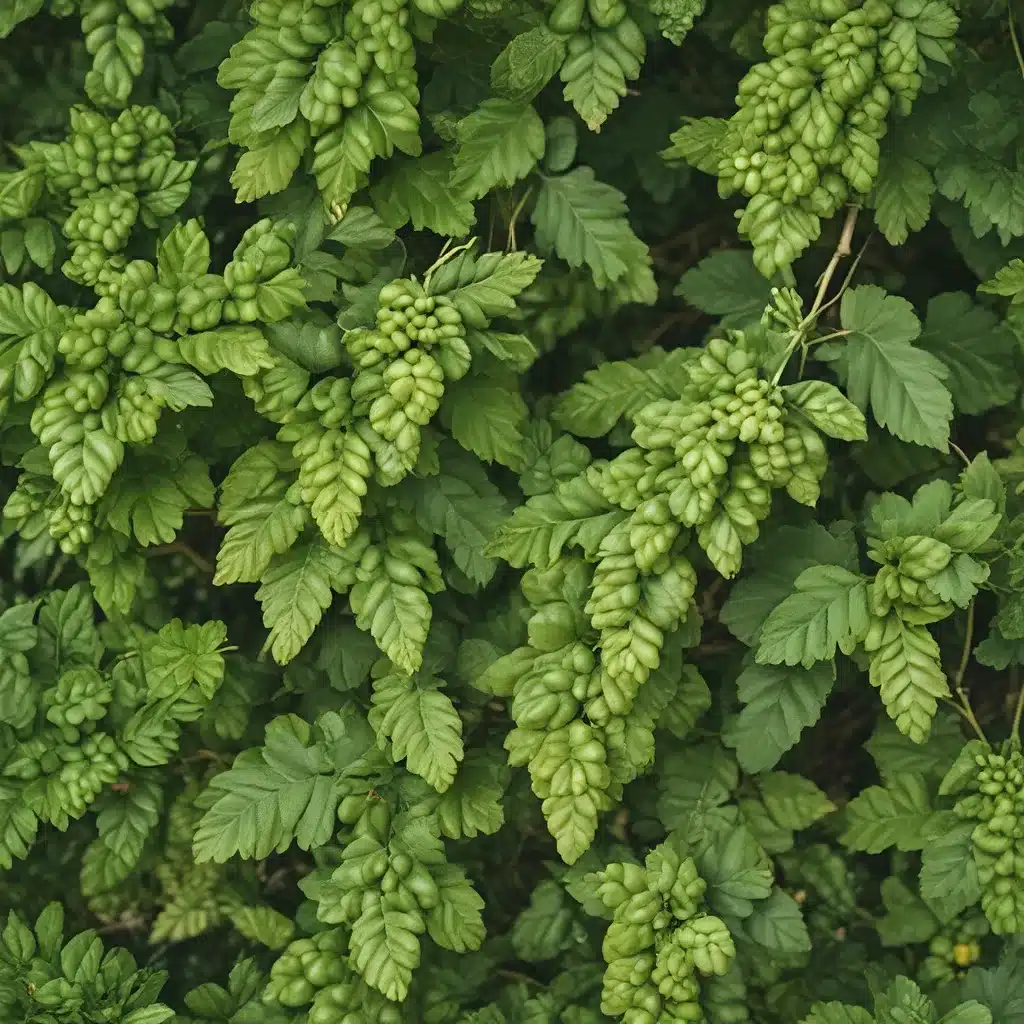
I’ll never forget the first time I stepped into my local pub, the warm glow of the taps beckoning me like a siren’s call. As I bellied up to the bar and ordered a cold one, I knew I was about to embark on a journey – not just of taste and refreshment, but of cultural exploration. Because you see, beer isn’t just a beverage; it’s a lens through which we can understand the ebb and flow of human civilization.
Let’s start with the basics. Beer is the world’s third most widely consumed beverage, trailing only water and tea. Its origins can be traced back thousands of years to the Neolithic period, when early humans in central Europe first discovered the magic of fermented grains. Back then, the key ingredients were simple: water, malted barley, and yeast. But there was one other vital component that truly set beer apart – the humble hop.
Hops, with their distinctive bitterness and aromatic oils, are what give beer its unparalleled flavor profile. These little green cones have been an integral part of the brewing process for centuries, adding depth and complexity to each sip. And as our tastes have evolved, so too have the demands placed on hops. Recent years have seen a surge in the popularity of craft beer, with consumers gravitating towards brews that showcase the unique qualities of high-quality hop varieties.
This shift in preference has had profound implications for the global hop industry. Farmers, once content to focus on maximizing yield and alpha acid content, now find themselves under pressure to cultivate hops that deliver a sensory experience like no other. It’s a delicate balancing act, one that requires intimate knowledge of plant physiology, soil conditions, and the whims of Mother Nature herself.
And therein lies the rub. As our climate continues to change, the future of hop production hangs in the balance. Rising temperatures, shifting precipitation patterns, and the increased frequency of extreme weather events all threaten to disrupt the fragile ecosystem that sustains this critical ingredient. Hop farmers, once accustomed to the reliable rhythms of the seasons, now find themselves grappling with a new reality – one where adaptability and innovation are the keys to survival.
But the impact of beer on society extends far beyond the agricultural realm. Think about the role it has played in shaping our social interactions and cultural identities. Across the globe, the pub or tavern has long served as a gathering place, a hub where people from all walks of life can come together to share stories, debate ideas, and forge connections.
In fact, the very existence of pubs and bars has had a profound influence on the way we organize ourselves as a society. These establishments have often been at the forefront of social change, providing a safe space for marginalized groups to find community and voice their concerns. From the Stonewall riots to the civil rights movement, the humble watering hole has been a catalyst for progress, a place where the power of collective action can be harnessed and channeled.
And let’s not forget the economic impact of beer. The global brewing industry is a juggernaut, generating billions in revenue and employing millions of people around the world. From hop farmers to bartenders, the beer business touches the lives of countless individuals, each with their own unique story to tell.
So, as I nurse my pint and gaze out at the bustling pub, I can’t help but marvel at the depth and complexity of it all. Beer, a simple fermented beverage, has become a lens through which we can explore the very fabric of human civilization. It’s a story of adaptation and innovation, of social change and economic upheaval. And at the heart of it all are the humble hops, their fate intertwined with our own.
The next time you raise a glass, take a moment to reflect on the world-shaping power of what you hold in your hand. Because in that frothy, golden liquid, you’ll find not just refreshment, but a window into the rich tapestry of our shared history. Cheers to that!

